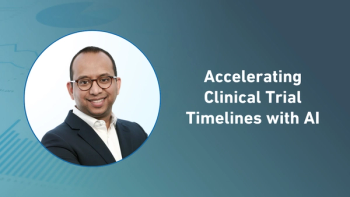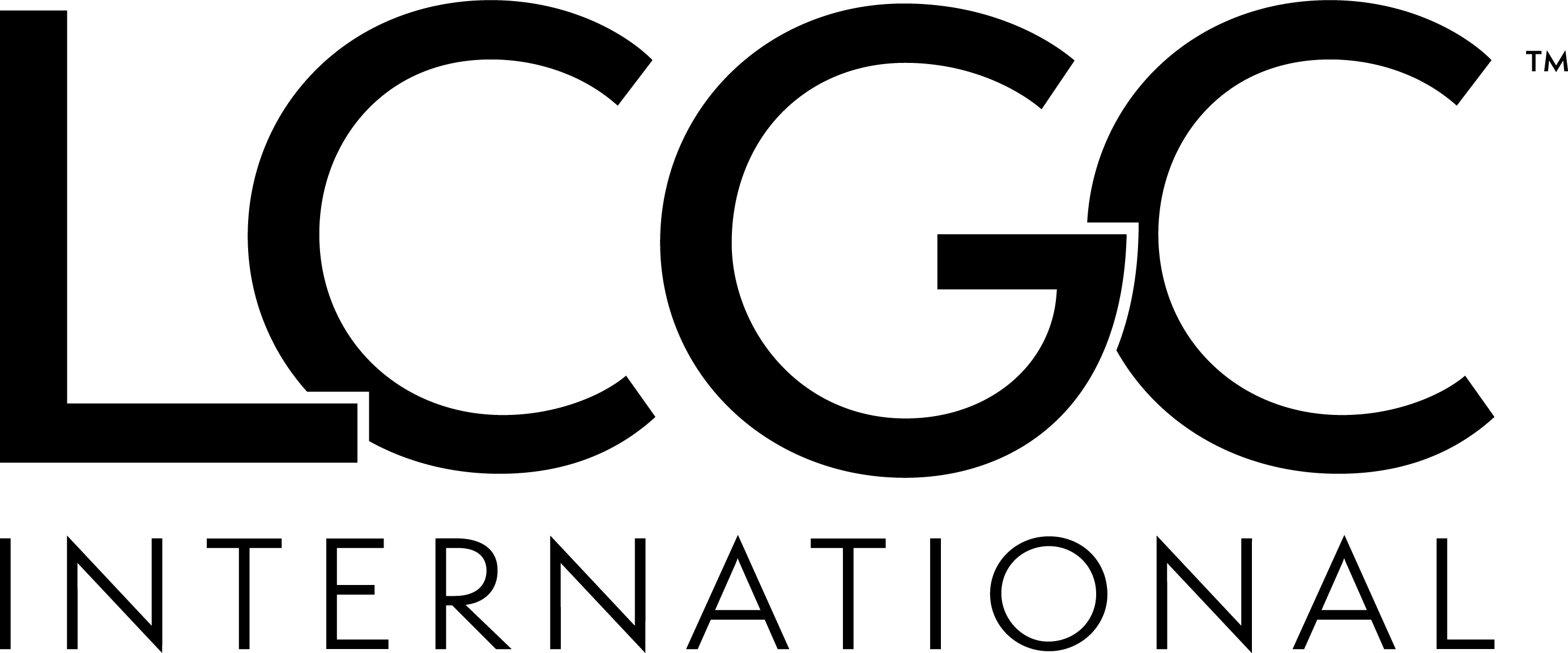
- Applied Clinical Trials-09-01-2024
- Volume 33
- Issue 9
Prioritizing People: Why ‘I-Frame’ Interventions are Key to Trial Success
By embracing this leadership approach, clinical research stakeholders can prioritize more effective staff training and readiness.
In the evolving landscape of clinical research, the balance between “I-Frame” and “S-Frame” interventions is critical for success. While systemic (“S-Frame”) interventions address organizational and structural barriers, individual-focused (“I-Frame”) interventions that enhance personal capabilities and readiness are equally essential. For senior executives in clinical research, understanding this balance and investing in “I-Frame” interventions can significantly accelerate trial timelines, site start-up, and overall study success.
Understanding the differences
I-Frame: These focus on the individual, emphasizing personalized training, readiness to change, cognitive psychology, and/or nudge theory. I-Frame interventions aim to improve the skills, behaviors, and overall preparedness of individuals within the clinical research ecosystem.
S-Frame: These address systemic barriers and the broader organizational context. They involve modifications to structural and environmental factors that influence behavior, such as implementing new technologies or changing organizational policies, protocols, and practices.
The current research imbalance
In the context of clinical research, there is a noticeable imbalance between I-Frame and S-Frame interventions. New clinical trials often see significant investments in technology and systems solutions aimed at addressing organizational challenges. These S-Frame interventions, while important, must be balanced with the need for robust I-Frame scaffolding.
Case study: Technology vs. training
Consider a scenario where a contract research organization invests heavily in new software to streamline trial management. This S-Frame intervention attempts to address systemic inefficiencies but often neglects the support of site staff, even creating additional staff burden. Without proper I-Frame interventions to ensure that staff are well-trained and ready to use the new technology effectively, the benefits of the S-Frame solution are limited. The site staff might struggle with the new system, leading to delays and errors that could have been prevented with adequate individual-focused training and scaffolding.
The consequences of neglecting I-Frame interventions
When I-Frame interventions are overlooked, several issues can arise:
- Delayed timelines. Insufficiently trained staff can cause delays in site start-up and trial execution.
- Reduced efficiency. Without proper readiness and support, clinical research professionals may struggle to perform their roles effectively, leading to inefficiencies.
- Increased errors. Lack of individualized training can result in more frequent errors, compromising the quality and reliability of trial data.
Practical recommendations
- Invest in comprehensive training programs. Develop and implement training programs tailored to the specific needs of clinical research staff. These programs should cover not only technical skills but also soft skills and readiness to change.
- Conduct readiness assessments. Regularly assess the readiness of site staff to identify gaps and provide targeted interventions. This proactive approach can prevent issues before they arise.
- Provide ongoing support. Ensure that staff have access to continuous support, including coaching, mentoring, and refresher training sessions. This ongoing investment in individual capabilities will pay off in improved performance and trial success.
Call to action
Clinical research stakeholders, especially those responsible for planning, designing, and overseeing clinical trials, must understand and support the needs of individual clinical research professionals and site teams.
By embracing the I-Frame of clinical research, stakeholders can prioritize more effective staff training and readiness, ultimately leading to faster timelines, smoother site start-ups, and more successful trials.
While S-Frame interventions address critical systemic issues, the importance of I-Frame interventions cannot be overstated. A balanced approach that includes robust support for individual capabilities will enhance the overall effectiveness and efficiency of clinical research and development endeavors.
Brian S. McGowan, PhD, FACEHP, is Chief Learning Officer and Co-Founder at ArcheMedX, Inc.
Articles in this issue
about 1 year ago
Applied Clinical Trials September 2024 Issue (PDF)about 1 year ago
Aligning Technology and Oversightabout 1 year ago
A New Regulatory Road in Clinical Trials: Digital Twinsover 1 year ago
Regulatory CMC: Enhancing Biologics Developmentover 1 year ago
Driving Inclusion in Clinical Trials: Less Talk, More Trustover 1 year ago
Risk Planning: A Review of Industry TrendsNewsletter
Stay current in clinical research with Applied Clinical Trials, providing expert insights, regulatory updates, and practical strategies for successful clinical trial design and execution.






.png)



.png)



.png)
.png)
